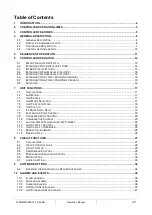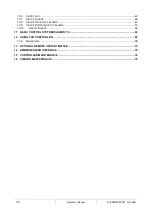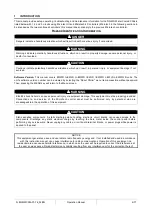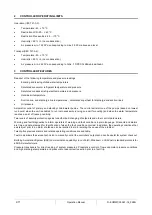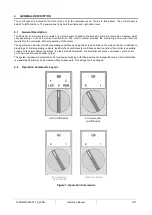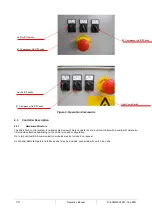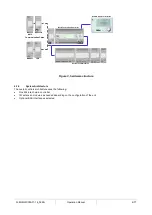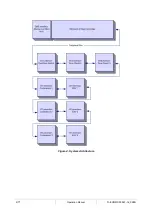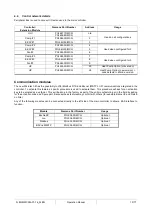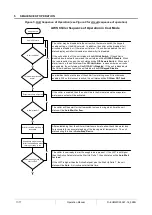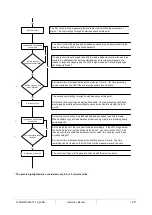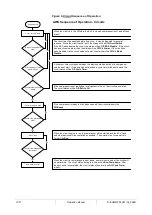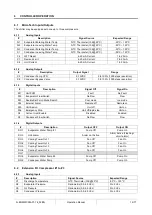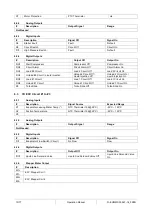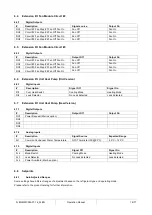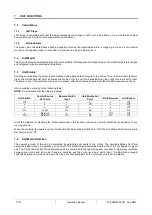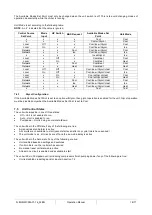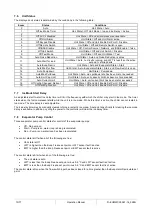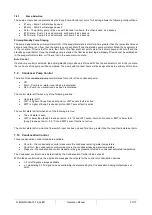
5/77
Operation Manual
D
–EOMWC00A07-16_02EN
2
CONTROLLER OPERATING LIMITS
Operation (IEC 721-3-3):
•
Temperature -40...+70 °C
•
Restriction LCD -
20… +60 °C
•
Restriction Process-Bus -
25….+70 °C
•
Humidity < 90 % r.h (no condensation)
•
Air pressure min. 700 hPa, corresponding to max. 3,000 m above sea level
Transport(IEC 721-3-2):
•
Temperature -40...+70 °C
•
Humidity < 95 % r.h (no condensation)
•
Air pressure min. 260 hPa, corresponding to
max. 10,000 m above sea level.
3
CONTROLLER FEATURES
Readout of the following temperature and pressure readings:
•
Entering and leaving chilled water temperature
•
Saturated evaporator refrigerant temperature and pressure
•
Saturated condenser refrigerant temperature and pressure
•
Outside air temperature
•
Suction line, and discharge line temperatures
−
calculated superheat for discharge and suction lines
•
Oil pressure
Automatic control of primary and standby chilled water pumps. The control will start one of the pumps (based on lowest
run-hours) when the unit is enabled to run (not necessarily running on a call for cooling) and when the water temperature
reaches a point of freeze possibility.
Two levels of security protection against unauthorized changing of setpoints and other c ontrol parameters.
Warning and fault diagnostics to inform operators of warning and fault conditions in plain language. All events and alarms
are time and date-stamped for identification of when the fault condition occurred. In addition, the operating conditions that
existed just prior to an alarm shutdown can be recalled to aid in isolating the cause of the problem.
Twenty-five previous alarms and related operating conditions are available.
Test mode allows
the service technician to manually control the controllers’ outputs and can be useful for system checkout.
Building Automation System (BAS) communication capability via LonTalk
, Modbus
, or BACnet
standard protocols for
all BAS manufacturers.
Pressure transducers for direct reading of system pressures. Preemptive control of low evaporator pressure conditions
and high discharge temperature and pressure to take corrective action prior to a fault trip.


